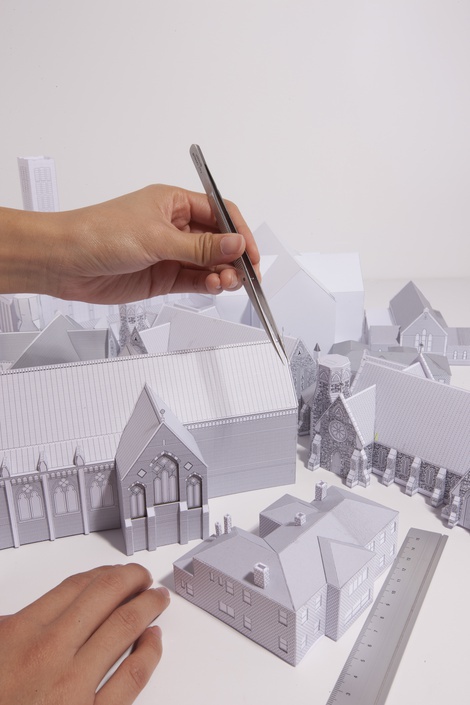We're under way!
We’re under way! As a way to examine the impact of disasters on cities, I’m working with a team of fantastically clever andindustrious University of Auckland architecture students on research and design project looking at the use of church land in Christchurch. The widespread destruction of churches in the Canterbury earthquakes, while tragic, has allowed churches a rare moment of freedom to reconsider the use and disposition of their physical structures. The mainstream churches, collectively among the largest landowners in the city, have the capacity to alter the social and urban atmosphere of the city. The question for us is - how might church land be strategically reoccupied in order to better tend their congregations and serving their communities?

Why is this important? Churches are perhaps the most visible of a host of existing social institutions that are suffering decline due to shifting demographics and societal change. These range from sports clubs to services clubs such as Rotary, Lions, and the Scouting movement, to social groups such as Women’s Institute and bridge clubs. To be considered an asset, something must generate income or be capable of being sold. The land and buildings owned by these churches, clubs, and societies rarely meet either criteria. Around the country, aging and often shrinking groups are finding themselves burdened with old and often historically significant buildings. Maintenance costs are rising, but the ability to meet those costs is declining. Many groups are asking themselves how they can reimagine both their facilities and themselves to better meet contemporary needs? The damage inflicted by the Christchurch ‘quakes, and the question of how to rebuild, has forced these groups to urgently consider such issues.
As a way to put Christchurch’s current challenges in a wider context, we’re studying what happened in Napier after the 1931 earthquake and subsequent fires, when the city was not just rebuilt but reshaped, and deliberately took on the now famous Art Deco style as a way to assert a forward-thinking identity. We’re looking not just backward but forward, developing proposals for the future of Auckland - where both increased insurance costs and building code changes threaten to cut a swathe through our stock of heritage buildings, likely devastating not just Auckland but all of New Zealand’s towns and cities in the years to come. Andrew Barrie